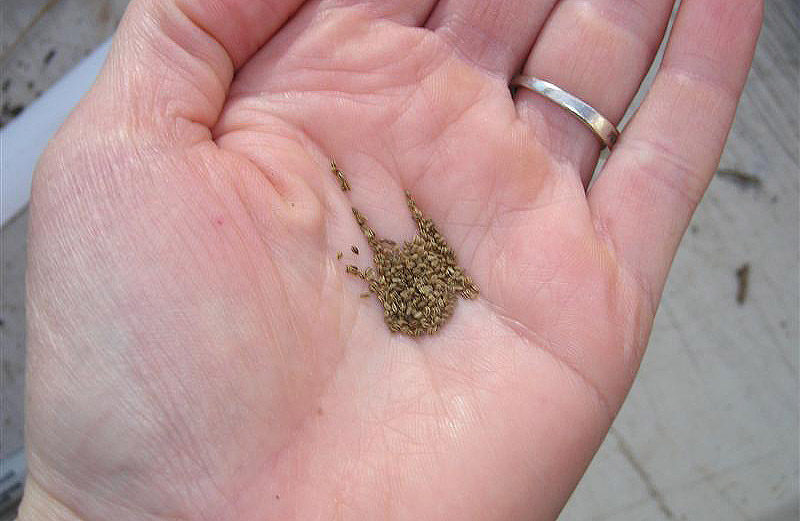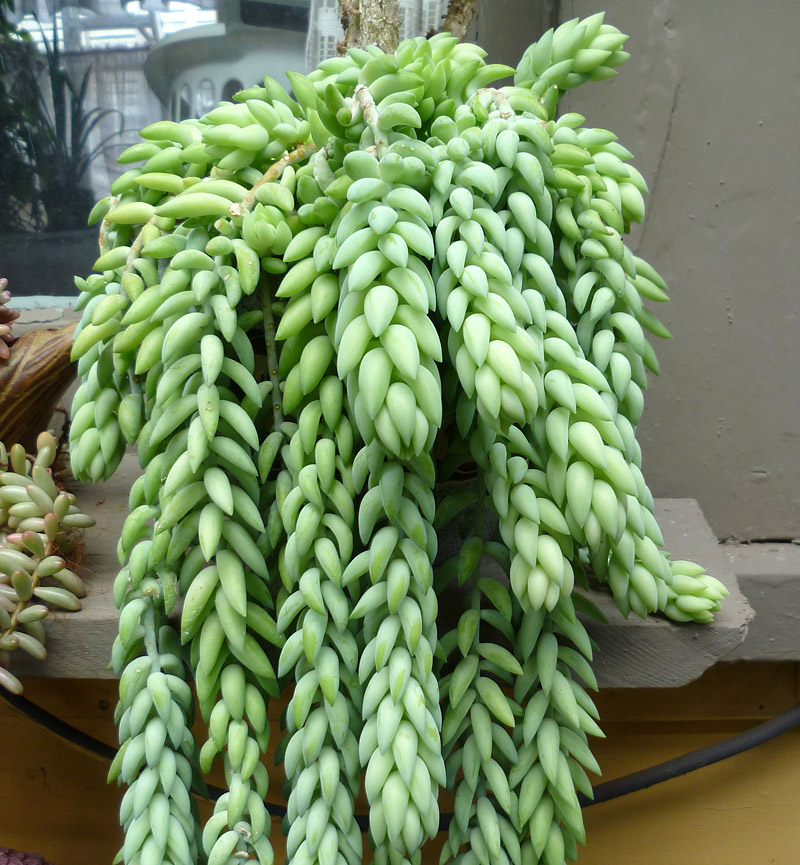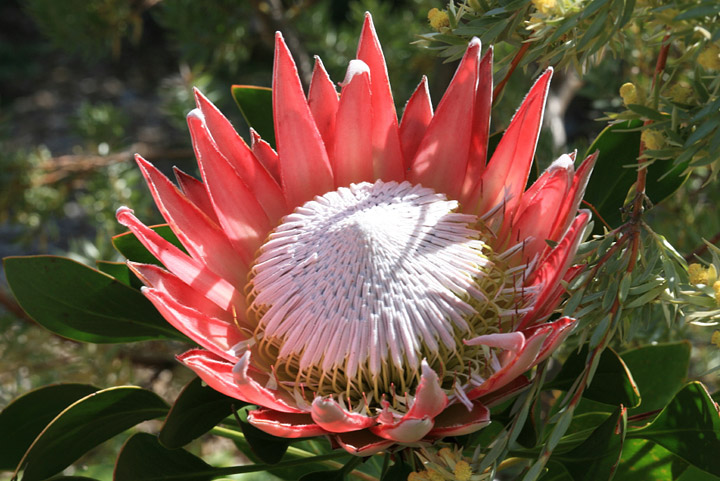
Celery is a cool-weather crop. It requires 16 weeks of cool weather to come to harvest. Start seed indoors 8 to 10 weeks before the last frost in spring. Set transplants in the garden 2 to 3 weeks before the average last frost date when seedlings have 5 to 6 leaves. In cool spring and summer regions, plant it in early spring. In warm spring and summer regions, plant in late summer for harvest in late autumn or early winter.
Description. Celery is a hardy biennial grown as an annual. It has a rosette of 12- to 18-inch stalks, topped with divided leaves. It’s grown for its stalks, leaves and seeds.
Yield. Plant 5 plants per household member.
Site. Grow celery in compost rich, moisture retentive soil that borders on wet but still drains. Celery prefers a soil with a pH between 5.8 and 6.8. This herb has a low tolerance for heat and prefers a cool, cloudy location where growing temperatures range between 60°F and 70°F. Plant it where the growing season offers 4 months of cool weather.
Celery Planting time
Celery is a cool-weather crop. It requires 16 weeks of cool weather to come to harvest. Start seed indoors 8 to 10 weeks before the last frost in spring. Set transplants in the garden 2 to 3 weeks before the average last frost date when seedlings have 5 to 6 leaves. (To delay transplanting time and slow growth, cut seedlings down to 3 inches tall and then allow them to grow on.) Cold weather will inhibit growth as will warm weather. Temperatures below 50°F for more than 12 hours may cause it to bolt. In cool spring and summer regions, plant celery in early spring. In warm spring and summer regions, plant it in late summer for harvest in late autumn or early winter.
Planting and spacing
Sow seed ¼ to ½ inch deep, 6 to 10 inches apart; space rows 24 inches apart. Transplant seedlings started indoors into trenches 3 to 4 inches deep set 6 to 10 inches apart. As plants grow mound up soil around the stems to blanch them. Plant self-blanching celery in blocks 6 to 12 inches apart; planting closer will give a higher yield but more slender stalks.
Water and feeding
Keep celery well watered during all phases of growth. Lack of water will slow growth, cause stalks to become stringy, and encourage plants to send up flower stalks. This herb is a heavy feeder. Add aged-compost to planting beds before planting and side dress plants with compost at mid season.
Companion plants. Lettuce, spinach, English peas. Avoid pumpkins, cucumbers, and squash.
Care
Keep celery planting beds weed free to avoid competition for moisture and nutrients. Keep cultivation shallow so as not to damage roots. Blanch it to enhance its sweet flavor and whiten stalks. Celery that is not blanched can be bitter tasting. Blanching is achieved by covering the stalks with soil, straw, or paper cylinders rolled up to the top of the stalks to protect them from the sun, which encourages them to produce chlorophyll and turn green. Blanch it up to 10 to 14 days before harvesting. Celery that sits too long after blanching will become pithy and may rot.
Container growing. It can be grown in an 8-inch container. Set celery on 10-inch centers in large containers. To blanch celery growing in a container, tie paper or cardboard cylinders around the stalks.
Pests. Celery usually encounters no serious pest problems but can be attacked by leaf miner and slugs (during blanching).
Diseases. Pink rot, black heart, and blight can attack this herb. Make sure there is adequate magnesium and calcium in the soil to discourage these diseases.
Harvest. Time from planting to harvest is 100 to 130 days from transplants about 20 days longer from seed. A 10 foot row should yield about 20 heads of celery. Start harvesting before the first hard frost when the head is about two to three inches in diameter at the base. Cut off the head at or slightly below soil level.
Varieties. French Dinant (Chinese celery) (55 days); Golden Plume (85-116 days); Golden Self-Blanching, (80-118 days); Green Giant (95-115 days); Summer Pascal (Tall Fordhook) (115 days); Red Celery (120 days); Starlet (120 days); Utah 52-70 (125 days); Ventura (80-100 days).
Storing and preserving. Celery will keep in the refrigerator for up to two weeks. Leaves cut for use as an herb will keep in the refrigerator for up to one week. It can be dried, canned, and it frozen. Seeds can be as an herb.





Growing my own veggies indoors and looking for ways to do it.